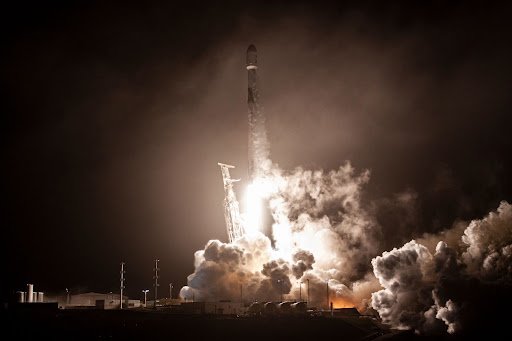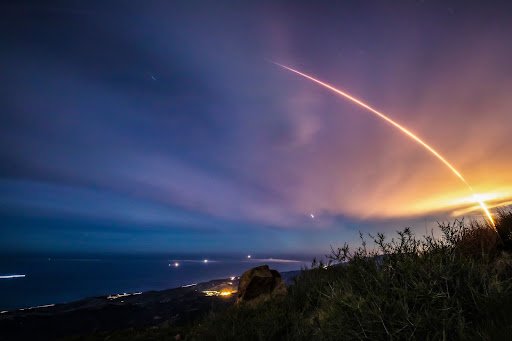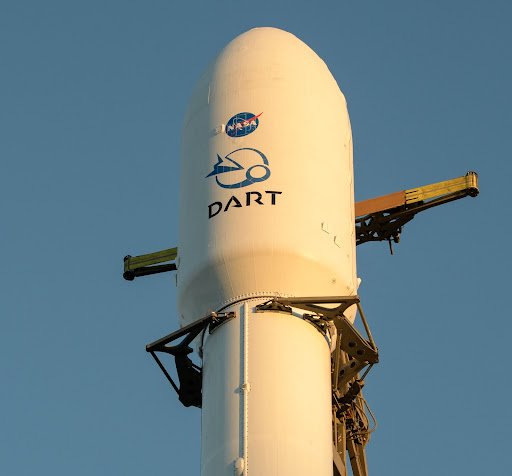NASA Launches Rocket with SpaceX to Redirect nearby Asteroid
SpaceX’s Falcon 9 launches from the Vandenberg Space Force Base in California.
According to researchers Nick Bostrom and Michael Paine, small asteroids approximately 0.62 miles in diameter hit Earth about every 500,000 years, and larger asteroids approximately 3 miles in diameter hit Earth every twenty million years. An asteroid collision of either of these sizes could result in the destruction of cities, and the environmental repercussions could result in catastrophic animal death.
The asteroid itself is not what typically causes the damage, but rather the airburst—the violent explosion that occurs when mid-sized meteors enter the atmosphere and begin to disintegrate. In 2013, an airburst in Russia exploded with 30 times the force of the Hiroshima atomic bomb. The asteroid’s airburst caused structural damage to thousands of buildings in a 200-mile radius and injured more than 1,600 people.
In order to protect against damages from future asteroid collisions, like those caused by the 2013 asteroid, NASA launched the Double Asteroid Redirection Test (DART) mission aboard SpaceX’s Falcon 9 rocket from the Vandenberg Space Force Base in California. The mission launched on November 24 at 1:21 AM and was live-streamed to the public.
The mission will attempt to intercept Dimorphos, a 530-foot asteroid orbiting a larger asteroid called Didymos, 6.8 million miles from Earth between September 26 and October 1 of 2022. To do so, the DART apparatus will be maneuvered to deliberately collide with the asteroid.
NASA’s objective with this mission is to test its asteroid interception technology as a preventative measure. NASA hopes to “find any possible impact, years to decades in advance, so it can be deflected,” although Earth does not face any current threats from asteroids.
A team of physicists from the Johns Hopkins Applied Physics Laboratory (APL) built and will manage the $330 million DART project. The team predicts the rocket, moving at 15,000 miles per hour, will reduce Dimorphos’s 12-hour orbit by about ten minutes. Changing the asteroid’s velocity changes its orbital path, setting an asteroid off its collision course with Earth.
The spacecraft carries the DART mission as it leaves Earth.
The Didymos Reconnaissance & Asteroid Camera for OpNav (DRACO) is a camera and autonomous navigation system aboard the spacecraft. DRACO will enable the spacecraft to locate, target, and collide with Dimorphos, which is 100 times the size of the rocket.
The DART mission is part of NASA’s congressionally-ordained task to find at least 90 percent of potentially hazardous asteroids. Congress delegated this task in 2005 and hoped NASA would meet this 90 percent target in 2020. However, scientists have only managed to find 40 percent of the asteroids thus far.
Another part of the mission, however, focuses on the Near-Earth Object Surveyor. This mission includes a space-based infrared telescope designed to speed up our ability to discover, as well as clarify, potential asteroid threats and comets that enter a 30-million mile radius of Earth’s orbit. The telescope is scheduled to launch sometime this decade.
The DART mission sits atop the Falcon 9 prior to the launch.



